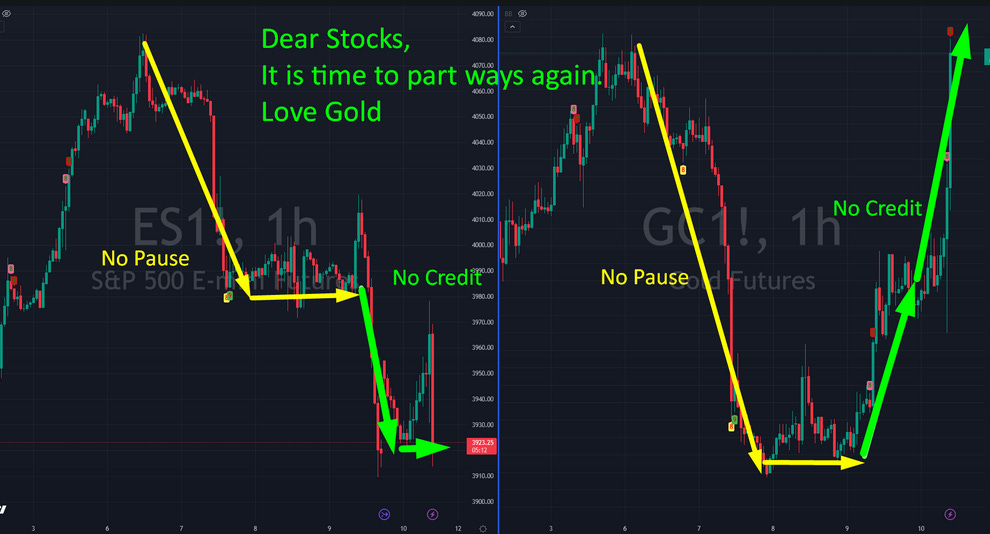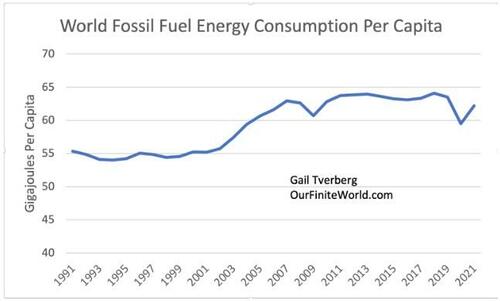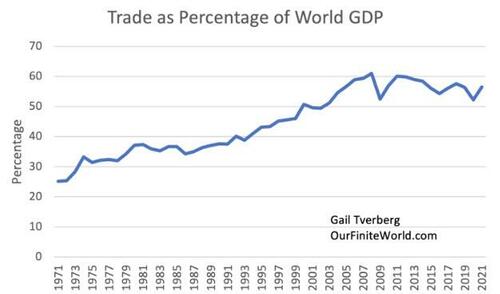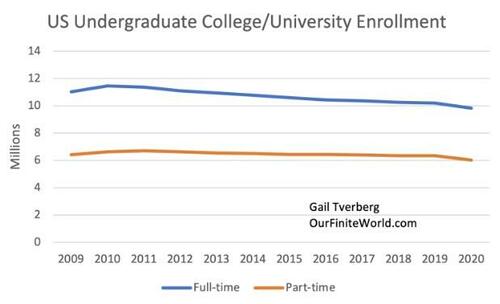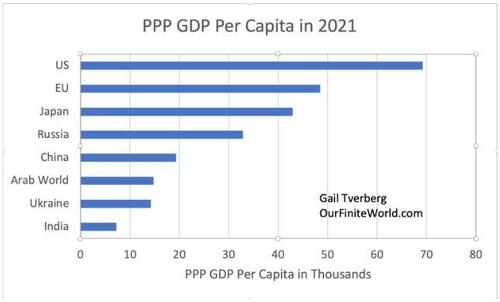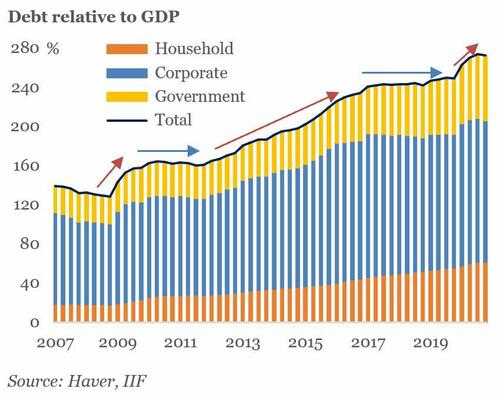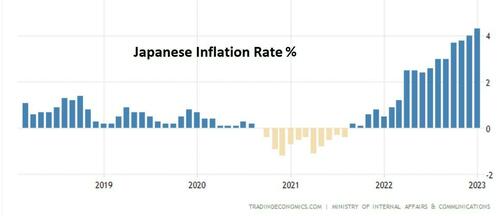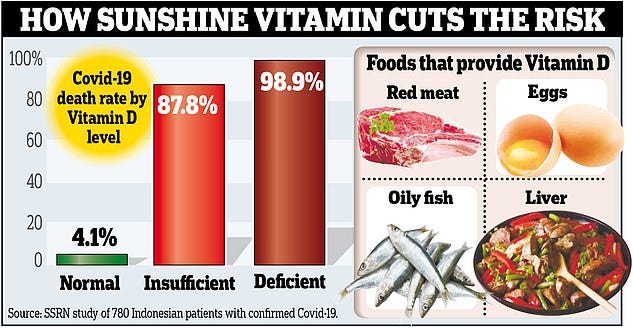Although the crash itself could indeed happen in an instant, the actual process will be longer. There has to be a loss of confidence and an unraveling taking place. The current bubble is beyond deflating, except in China where a "Japanese exit" can delay the outcome for a long time although the price likewise will be the end of the Chinese miracle. (This is already the case.) In Europe and the US, both the Euro and the USD are beyond redemption. The Central banks can buy time as we have seen but the issue is unavoidable. Too much credit has generated too many assets without value which will have to be written off. The only question left is when.
Authored by Simon Black via SovereignMan.com,
If SVB is insolvent, so is everyone else
On Sunday afternoon, September 14, 2008, hundreds of employees of the financial giant Lehman Brothers walked into the bank’s headquarters at 745 Seventh Avenue in New York City to clear out their offices and desks.
Lehman was hours away from declaring bankruptcy. And its collapse the next day triggered the worst economic and financial devastation since the Great Depression.
The S&P 500 fell by roughly 50%. Unemployment soared. And more than 100 other banks failed over the subsequent 12 months. It was a total disaster.
These bank, it turned out, had been using their depositors’ money to buy up special mortgage bonds. But these bonds were so risky that they eventually became known as “toxic securities” or “toxic assets”.
These toxic assets were bundles of risky, no-money-down mortgages given to sub-prime “NINJAs”, i.e. borrowers with No Income, No Job, no Assets who had a history of NOT paying their bills.
When the economy was doing well in 2006 and 2007, banks earned record profits from their toxic assets.
But when economic conditions started to worsen in 2008, those toxic assets plunged in value… and dozens of banks got wiped out.
Now here we go again.
Fifteen years later… after countless investigations, hearings, “stress test” rules, and new banking regulations to prevent another financial meltdown, we have just witnessed two large banks collapse in the United States of America– Signature Bank, and Silicon Valley Bank (SVB).
Now, banks do fail from time to time. But these circumstances are eerily similar to 2008… though the reality is much worse. I’ll explain:
1) US government bonds are the new “toxic security”
Silicon Valley Bank was no Lehman Brothers. Whereas Lehman bet almost ALL of its balance sheet on those risky mortgage bonds, SVB actually had a surprisingly conservative balance sheet.
According to the bank’s annual financial statements from December 31 of last year, SVB had $173 billion in customer deposits, yet “only” $74 billion in loans.
I know this sounds ridiculous, but banks typically loan out MOST of their depositors’ money. Wells Fargo, for example, recently reported $1.38 trillion in deposits. $955 billion of that is loaned out.
That means Wells Fargo has made loans with nearly 70% of its customer’s money, while SVB had a more conservative “loan-to-deposit ratio” of roughly 42%.
Point is, SVB did not fail because they were making a bunch of high-risk NINJA loans. Far from it.
SVB failed because they parked the majority of their depositors’ money ($119.9 billion) in US GOVERNMENT BONDS.
This is the really extraordinary part of this drama.
US government bonds are supposed to be the safest, most ‘risk free’ asset in the world. But that’s totally untrue, because even government bonds can lose value. And that’s exactly what happened.
Most of SVB’s portfolio was in long-term government bonds, like 10-year Treasury notes. And these have been extremely volatile.
In March 2020, for example, interest rates were so low that the Treasury Department sold some 10-year Treasury notes at yields as low as 0.08%.
But interest rates have increased so much since then; last week the 10-year Treasury yield was more than 4%. And this is an enormous difference.
If you’re not terribly familiar with the bond market, one of the most important things to understand is that bonds lose value as interest rates rise. And this is what happened to Silicon Valley Bank.
SVB loaded up on long-term government bonds when interest rates were much lower; the average weighted yield in their bond portfolio, in fact, was just 1.78%.
But interest rates have been rising rapidly. The same bonds that SVB bought 2-3 years ago at 1.78% now yield between 3.5% and 5%… meaning that SVB was sitting on steep losses.
They didn’t hide this fact.
Their 2022 annual report, published on January 19th of this year, showed about $15 billion in ‘unrealized losses’ on their government bonds. (I’ll come back to this.)
By comparison, SVB only had about $16 billion in total capital… so $15 billion in unrealized losses was enough to essentially wipe them out.
Again– these losses didn’t come from some mountain of crazy NINJA loans. SVB failed because they lost billions from US government bonds… which are the new toxic securities.
2) If SVB is insolvent, so is everyone else… including the Fed.
This is where the real fun starts. Because if SVB failed due to losses in its portfolio of government bonds, then pretty much every other institution is at risk too.
Our old favorite Wells Fargo, for example, recently reported $50 billion in unrealized losses on its bond portfolio. That’s a HUGE chunk of the bank’s capital, and it doesn’t include potential derivative losses either.
Anyone who has purchased long-term government bonds– banks, brokerages, large corporations, state and local governments, foreign institutions– are all sitting on enormous losses right now.
The FDIC (the Federal Deposit Insurance Corporation, i.e. the primary banking regulator in the United States) estimates unrealized losses among US banks at roughly $650 billion.
$650 billion in unrealized losses is similar in size to the total subprime losses in the United States back in 2008; and if interest rates keep rising, the losses will continue to increase.
What’s really ironic (and a bit comical) about this is that the FDIC is supposed to guarantee bank deposits.
In fact they manage a special fund called Deposit Insurance Fund, or DIF, to insure customer deposits at banks across the US– including the deposits at the now defunct Silicon Valley Bank.
But the DIF’s balance right now is only around $128 billion… versus $650 billion (and growing) unrealized losses in the banking system.
Here’s what really crazy, though: where does the DIF invest that $128 billion? In US government bonds! So even the FDIC is suffering unrealized losses in its insurance fund, which is supposed to bail out banks that fail from their unrealized losses.
You can’t make this stuff up, it’s ridiculous!
Now there’s one bank in particular I want to highlight that is incredibly exposed to major losses in its bond portfolio.
In fact last year this bank reported ‘unrealized losses’ of more than $330 billion against just $42 billion in capital… making this bank completely and totally insolvent.
I’m talking, of course, about the Federal Reserve… THE most important central bank in the world. It’s hopelessly insolvent, and FAR more broke than Silicon Valley Bank.
What could possibly go wrong?
3) The ‘experts’ should have seen this coming
Since the 2008 financial crisis, legislators and bank regulators have rolled out an endless parade of new rules to prevent another banking crisis.
One of the most hilarious was the new rule that banks had to pass “stress tests”, i.e. war game scenarios to see whether or not banks would be able to survive certain fluctuations in macroeconomic conditions.
SVB passed its stress tests with flying colors. It also passed its FDIC examinations, its financial audits, and its state regulatory audits. SVB was also followed by dozens of Wall Street analysts, many of whom had previously issued emphatic BUY ratings on the stock after analyzing its financial statements.
But the greatest testament to this absurdity was the SVB stock price in late January.
SVB published its 2022 annual financial report after the market closed on January 19, 2023. This is the same financial report where they posted $15 billion in unrealized losses which effectively wiped out the bank’s capital.
The day before the earnings announcement, SVB stock closed at $250.04. The day after the earnings call, the stock closed at $291.44.
In other words, despite SVB management disclosing that their entire bank capital was effectively wiped out, ‘expert’ Wall Street investors excitedly bought the stock and bid the price up by 16%. The stock continued to soar, reaching a high of $333.50 a few days later on February 1st.
In short, all the warning signs were there. But the experts failed again. The FDIC saw Silicon Valley Bank’s dismal condition and did nothing. The Federal Reserve did nothing. Investors cheered and bid the stock up.
And this leads me to my next point:
4) The unraveling can happen in an instant.
A week ago, everything was still fine. Then, within a matter of days, SVB’s stock price plunged, depositors pulled their money, and the bank failed. Poof.
The same thing happened with Lehman Brothers in 2008. In fact over the past few years we’ve been subjected to example after example of our entire world changing in an instant.
We all remember that March 2020 was still fairly normal, at least in North America. Within a matter of days people were locked in their homes and life as we knew it had fundamentally changed.
5) This is going to keep happening.
Long-time readers won’t be surprised about this; I’ve been writing about these topics for years– bank failures, looming instability in the financial system, etc.
Late last year I recorded a podcast explaining how the Fed was engineering a financial meltdown by raising interest rates so quickly, and they would have to choose between a rock and a hard place, i.e. higher inflation versus financial catastrophe.
This is the financial catastrophe, but it’s just getting started. Like Lehman Brothers in 2008, SVB is just the tip of the iceberg. There will be other casualties– not just in banks, but money market funds, insurance companies, and even businesses.
Foreign banks and institutions are also suffering losses on their US government bonds… and that has negative implications on the US dollar’s reserve status.
Think about it: it’s bad enough that the US national debt is outrageously high, that the federal government appears to be a bunch of fools incapable of solving any problem, and that inflation is terrible.
Now on top of everything else, foreigners who bought US government bonds are suffering tough losses as well.
Why would anyone want to continue with this insanity? Foreigners have already lost so much confidence in the US and the dollar… and financial losses from their bond holdings could accelerate that trend.
This issue is particularly of mind now that China is flexing its international muscle, most recently in the Middle East making peace between Iran and Saudi Arabia. And the Chinese are starting to actively market their currency as an alternative to the dollar.
But no one in charge seems to understand any of this.
The guy who shakes hands with thin air insisted this morning that the banking system is safe. Nothing to see here, people.
The Federal Reserve– which is the ringleader of this sad circus– doesn’t seem to understand anything either.
In fact Fed leadership spent all of last week insisting that they were going to keep raising interest rates.
Even after last week’s banking crisis, the Fed probably still hasn’t figured it out. They appear totally out of touch with what’s really happening in the economy. And when they meet again next week, it’s possible they’ll raise rates even higher (and trigger even more unrealized losses).
So this drama is far from over.


